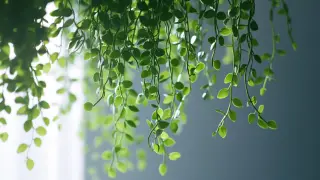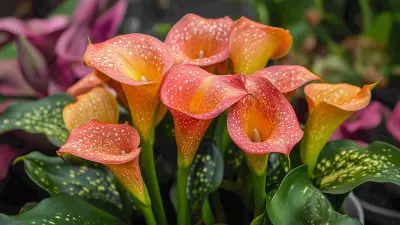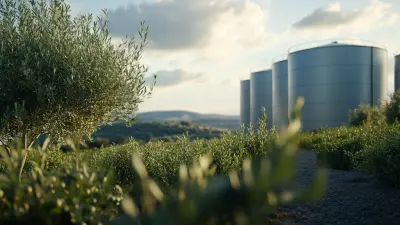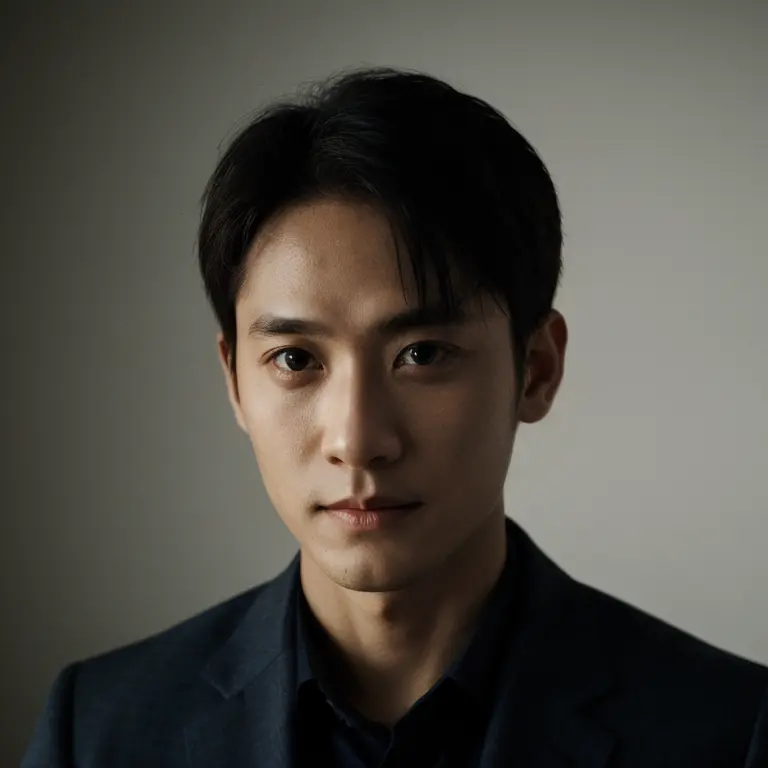Leave Your Message
- Phone
- E-mail
- Whatsapp
- Whatsapp


Personnel here include purchasers, designers, and decorators who understand the possible applications of Artifically created Banana Trees-the current craze since 2025. They are capable of brightening and beautifying any space while presenting their tropical appearance sans maintenance. The demand continues to rise because of a growing appreciation for artificial greenery, which enhances spaces and provides visual advantages similar to live plants. Therefore, it is quite important for the conscious consumer to know these trends for the correct purchasing decisions.
At Dongguan Hmflowers Industrial Company Limited, we always stand by our claimed production capacity and innovative strength to the production side of artificial plants. Founded in 1998 by our father, our factory in Dongguan has been creating beautiful artificial flowers, trees, plants, and fruits, including the stunning Artificial Banana Tree, for the longest time in the industry. As the market for these products expands, we are determined to maintain our reputation for quality and design excellence, giving our clients only the best in elevating and beautifying their spaces with artificial greenery.
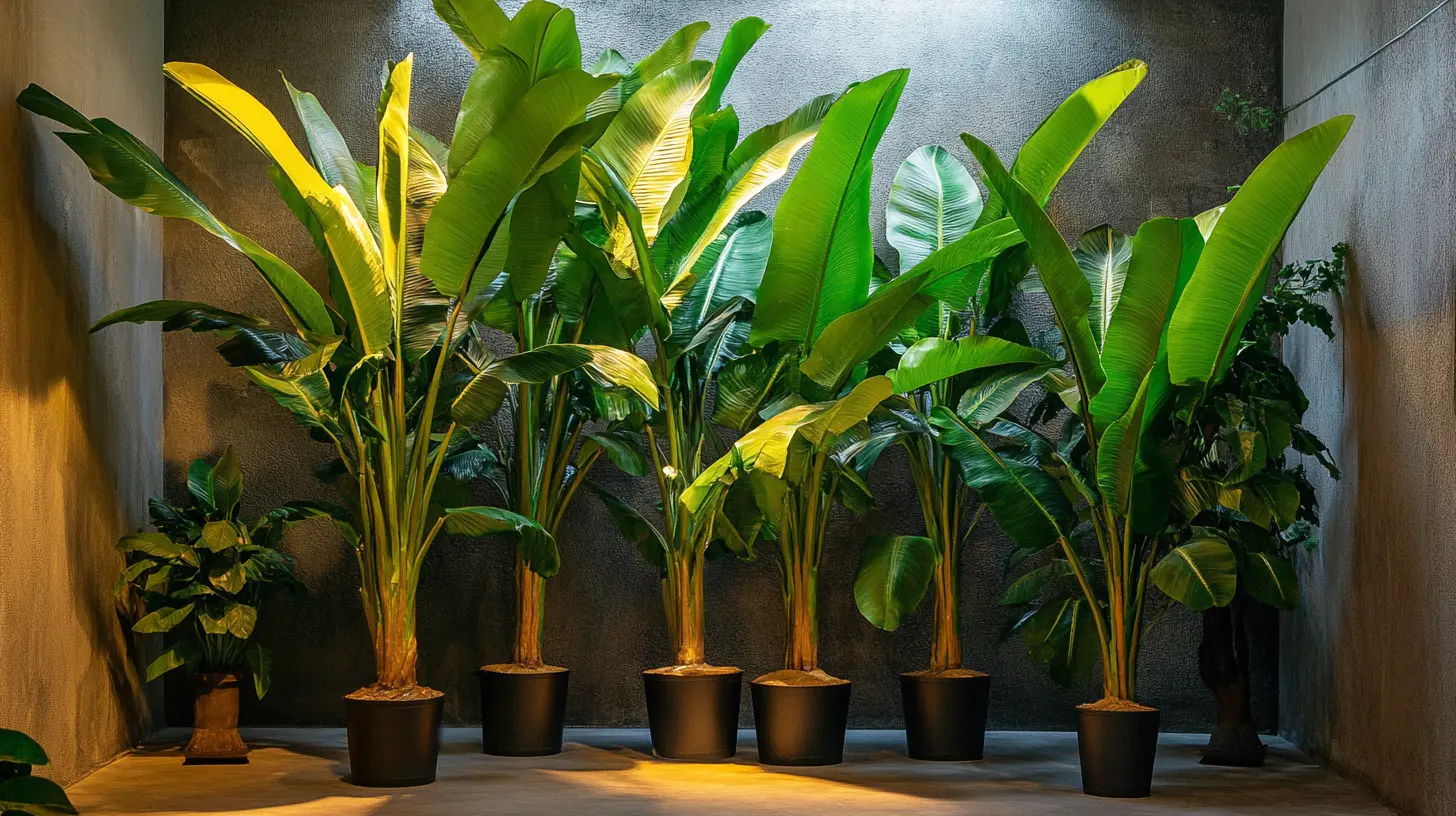
The most recent economic projections indicate that the International Monetary Fund (IMF) has lowered the growth rate for the global economy to only 2.8% in 2025. This is a drastic revision from the earlier figures. The major cause for this downward revision appears to be rising trade tensions and greater uncertainty in policies which have been felt in different sectors throughout the world. For the perceptive purchasers of artificial banana trees, being aware of these macroeconomic trends is really important when seeking for investment opportunities in this niche market. As demand for artificial plants rises, the projected market expansion may be further determined by the status of the world economy. The IMF has raised its growth projections for certain countries, Taiwan among them, but an otherwise dim global outlook may lead to diminished consumer spending. Those buying artificial banana trees should keep in mind not only today but also potential future shifts in consumer confidence and disposable income that may occur in light of international economic woes. Potential buyers should focus on finding reputed suppliers and assessing product quality under the aegis of these developments. Particularly considering that the market has shown some resilience despite prevailing uncertainties, informed buying decisions will enable buyers to take full advantage of artificial greenery. This perspective on the economic landscape will assist distinguished consumers in strategically tailoring their decisions to cater both to their aesthetic needs and their budgetary considerations.
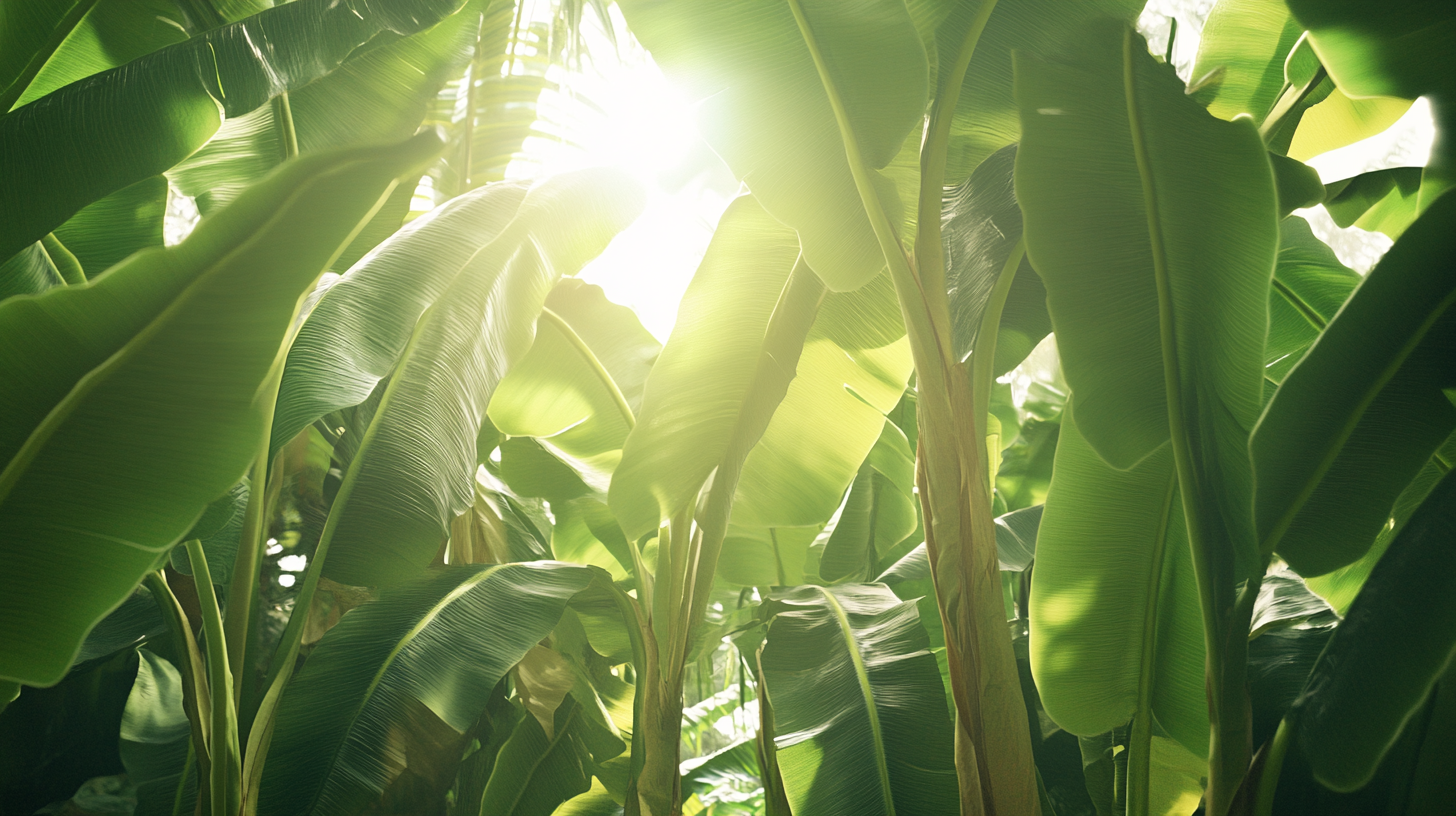
Demand for artificial banana trees is set to increase immensely by 2025 due to the influence of key drivers affecting market trends. The primary driver here will be an increase in the adoption of sustainable agricultural practices. With ever-increasing constriction of agricultural spaces, artificial substitutes have become popular for low maintenance and life expectancy. Industry report data indicates that an annual growth rate of 15% in the artificial tree market is anticipated which depicts a change in consumer mindsets toward eco-friendly options.
Furthermore, the recent leap in technology where image recognition applications such as 'Tumaini' fetches an added advantage for artificial banana trees. Such advancement aids in the real-time management of actual crops by identifying problems with precision such as spoilage and pest attacks. On the other hand, as these smart technologies are adopted by farmers, the artificial tree market will act as a conduit for smart farming demands thereby further increasing demand.
In addition, urbanization is fostering a rising interest in indoor gardening, in which artificial banana trees serve as quite appealing decorative elements stripped of the hassles of living plants. Studies reveal that urban dwellers tend to prefer low-maintenance options that could actually accentuate the tropical vibe in their rooms; thus providing a good chance for artificial tree sales to prosper. The conjunction of technology, sustainability, and a lifestyle change are all factors that are currently growing the demand for artificial banana trees in the global market.
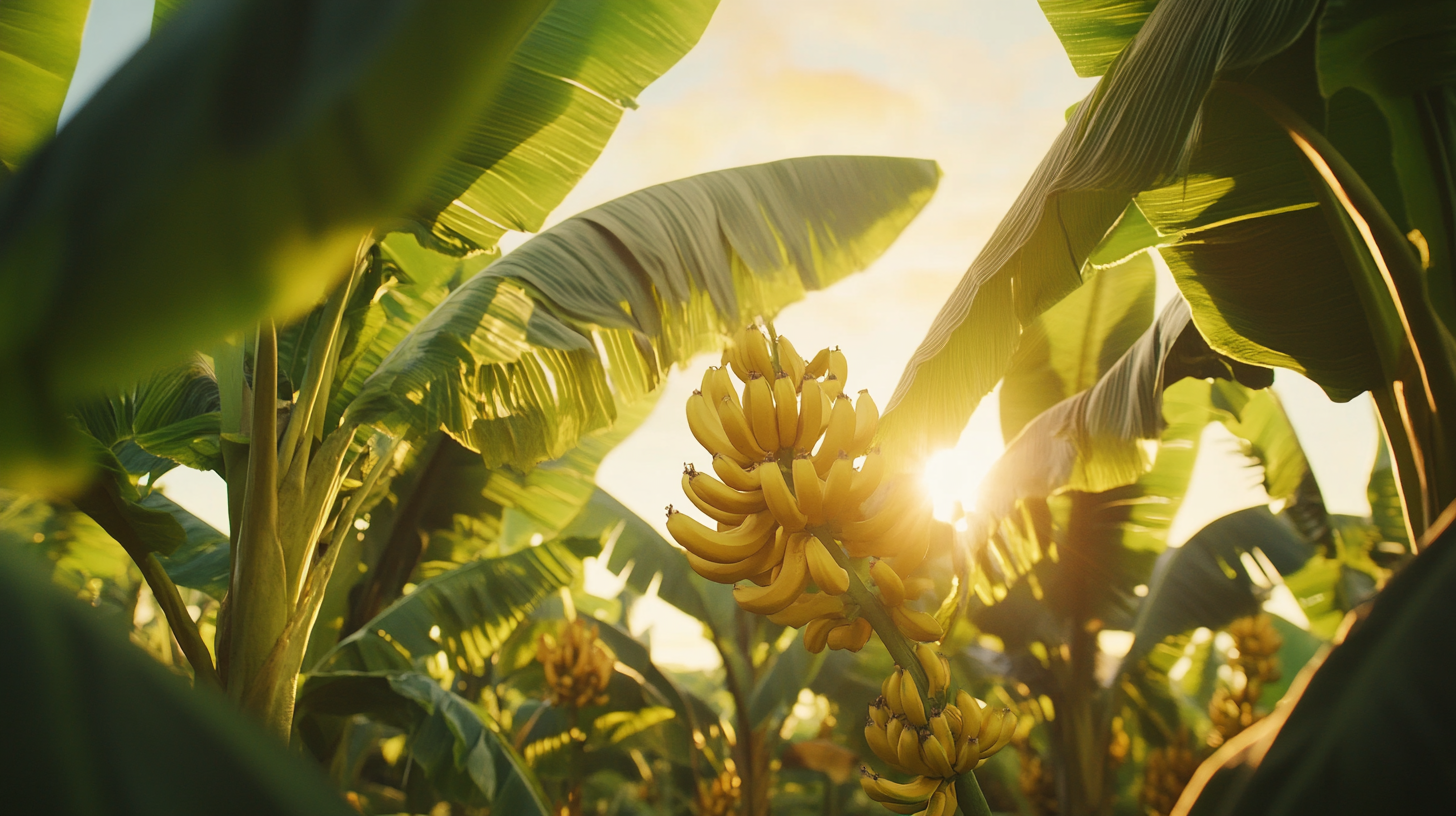
Markets are coming up at different levels to be the major regional players in the global increased growth of demand for artificial banana trees. Based on industry reports, by 2025, the overall commercial market for artificial plants would be worth over $6 billion, with artificial banana trees contributing much to that. They entice not only domestics to add aesthetic value into their homes but also such businesses as hotels and restaurants trying to add tropical themes within the premises.
It does tremendous business where banana is grown, such as in Southeast Asia or Africa, in artificial banana plantations. This equips them with a windfall of local production, while still opening up a whole new, attractive market for taking care of their ornamental goods. For instance, those people who import banana into the Philippines and Colombia now have an increased domestic demand for artificial counterparts as a function of aesthetic value and ease of maintenance.
Further on, the entrance of advanced technology such as the AI-based app "Tumaini" is changing the market dynamics by facilitating critical buyers to distinguish quality products with relative ease. It opens new avenues for supporting farmers and small-scale businesses in diagnosing healthy banana plants from diseased ones, thus going a long way in enhancing the market for both real and artificial banana trees. The consumers are now dealing with health trends and going green in their buying patterns, thus making it necessary for buyers in the market of artificial banana trees to understand regional tastes and trends.
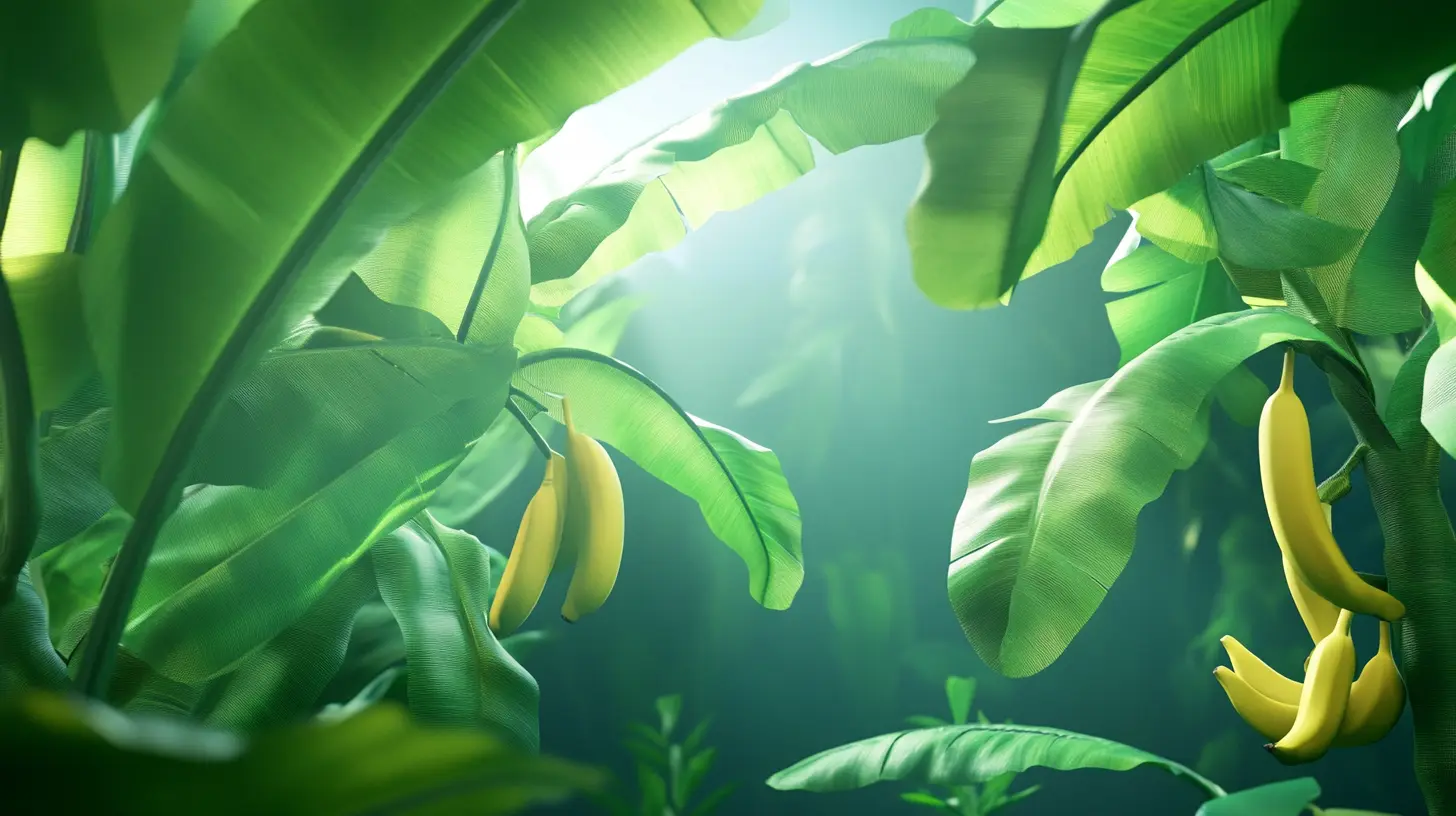
The demand for artificial banana trees is definitely increasing as the designing trends successfully integrate functionalism with aesthetics and, as such, designers are working with life-like textures and vibrant colors that replicate the real look of natural banana trees. On the one hand, these trends can serve to beautify the interiors, while on the other, they provide a solution for buyers wanting greenery without the maintenance of a live plant.
Sustainability actively fuels the design advancements associated with artificial banana trees. More and more manufacturers are actively using eco-friendly materials with recycled plastics and biodegradable materials to please customers whom they consider environmentally conscious. This transition will shrink the ecological footprint and appeal to buyers who value sustainable living in their purchasing decisions. Customization has also begun to find its way into the design of artificial banana trees, as consumers will have the freedom to choose sizes, colors, and styles that best suit their decor theme.
A further invasion of technology in the world of artificial trees arrives towards 2025. Smart features like LED lights that mimic natural sunlight and sensors for measuring surrounding conditions para optimal placement are coming to the fore. Besides enhancing the user experience, these features further make artificial banana trees an adaptable decorative option for diverse environments, these being homes, offices, restaurants, or commercial spaces. While these trendsetting designs take the center stage, discerning buyers will have enough chic and functional options to make their interiors sparkle.
Sustainability is a very recent and probably the latest trend in manufacturing practices, especially within the breadth of mythology and other rough and rigid industries like agriculture. Such is the example of making artificial banana trees that should lead to green innovations-as we enter the year 2025-cognizant consumers will increasingly check the environment through their purchases. It follows a general turn where the latest "zero carbon" initiatives are being pushed, seen in immense projects such as the Three Gorges, LONGi Green Energy, and Envision in China.
This is one of the most vital areas of advancement: packaging materials. It is also expected that the market for paper packaging would continue to grow significantly, boosted by innovations such as biodegradable coatings and water-resistant treatments (2025-2034 Paper Packaging Market Report). These are technologies that not only make waste less but also enrich their sustainability profile, attracting environmentally conscious consumers. For instance, FiberLean MFC technology is undoubtedly one of the most important milestones in the improvement of fibers used in paper production and is therefore important towards more useful general practice.
Entering tomorrow, renewable resources would be a very important parameter of ecological responsibility in their manufacturing trend. When businesses meet the modern demands of eco-aware buyers, they not only satisfy demand for their products but also contribute to the global movements for lower footprints of carbon. Beyond a promise for growth of the business that the market of artificial banana trees will yield, it sets a benchmark for future agricultural innovations that will develop around an environmental stewardship theme.
Wrappers for artificial banana trees have to take their time when buying, as they will have to consider quality and authenticity proof to ensure that they get the best deal for their investment. One of the most effective ways of spotting a high trouble artificial tree is through examining the materials that are used. The finest models often include real foliage made for the most part with durable materials mimicking the appearance and texture of real banana leaves. However, these trees create a realistic aesthetic for any space.
Besides the quality of materials, buyers must also consider the artificers of artificial banana trees. For example, check details like the colors and patterns dominant in the leaves-an original product will show variations that would normally be found in nature. It would also open a very credible shopping experience by visiting the honest sellers who provide detailed descriptions of their products and even customer reviews since these may give insight into the authenticity and durability of their goods.
Besides these, it is also important to consider the size and design of the artificial banana tree with respect to where it is going to be placed. Buyers need to be able to measure the area where they will be placing the tree so that the tree they buy will fit into that particular environment. In combination between buying and careful evaluation of the physical attributes, buyers can select confidently the right dream Artificial Banana Tree for beautifying the internal decor, providing aesthetically pleasing view yet without maintenance that can come with live plants.
As the world market for artificial banana trees keeps on evolving, discerning buyers need to use good price comparison skills to realize a good deal. All sectors, especially those highly competitive, particularly automotive insurance and pharmaceutical sectors, will begin to be relevant to how to price items in general. For buyers in the year 2025 seeking artificial banana trees, the understanding of market trends will be important as influenced by economic changes, such as price wars now being experienced across the industries.
Because of sophisticated pricing intelligence platforms, firms have made it possible for buyers to capitalize on great insight for their buying decisions. It will not be about how much would be left from completely removing price competition but rather how price competition will be directing new traffic toward more informed buying choices-around the best prices for which one does not surrender quality. Increase of online tools of price comparison and price transparency laws facilitate the way consumers approach their buying decisions-strategically capitalizing on discounts and promotion that come from market situations.
This implies that there should be vigilance to any changes in pricing, mostly driven by industry consolidation or entry into the market. It should be proactive; thus, keep on checking every time to see if one can find a better deal in artificial banana trees. In the end, good navigation of the marketplace depends on understanding price dynamics and purchase strategies.
In the years leading up to 2025, the artificial banana tree market is undergoing a major change driven by consumers' evolving tastes and preferences for aesthetics, ...style, and functionality. Recent statistics reveal that a high 65% of consumers think of design in terms of compositional importance in relation to the commodity they seek. It echoes what we see happening at present in fashion and in the current-season Spring/Summer 2025. Fashionable, functional aestheticism in sun-safe wardrobe, coming up in simultaneous discussions in sector study.
Functionality is one trait indeed demanded by buyers of artificial banana trees with time to think. According to figures from the Global Interior Plantscape Association, 74% of consumers opt for property with, first, low maintenance and, second, durability as they blend into their unique spaces. This is also true of a rising trend in home decor where multifunctions are all designed fit for busy lives, a reminiscent of sun-protective fashion whose task it is to flatter both aspects of protection and style.
The aesthetics of home fashions, too, play a critical role in why consumers select anything, as decorative sections should stand out or must blend in. A recent survey did suggest that 58% of potential buyers saw the artificial plant serving a dual purpose-home decor-but also setting the general tone and character of living spaces. In the same vein, those who fashion fabrics are going for stylish and environmentally friendly alternatives, in harmony with what most modern consumers want: a product that fits their lifestyle or values. As the appetite for products that are desirable and functional as decoration keeps multiplying, those brands combining these with ease will be the driving force to rule the market scene of artificial banana trees in 2025.
The International Monetary Fund (IMF) projects a global economic growth rate of just 2.8% for 2025.
The decrease in growth projections is largely attributed to escalating trade tensions and increased policy uncertainties impacting various sectors globally.
The overall sluggish global economic outlook may lead consumers to become more cautious with spending, thereby affecting demand for artificial banana trees.
Innovative design trends include life-like textures, vibrant hues, eco-friendly materials, and customizable options for size and style.
Manufacturers are increasingly using recycled and biodegradable materials to cater to environmentally conscious consumers, reducing the ecological footprint of products.
Innovations include smart features like LED lights that simulate natural sunlight and sensors that monitor surrounding conditions for optimal placement.
Buyers should seek reliable suppliers, carefully evaluate product quality, and consider the economic landscape when making purchasing decisions.
Artificial banana trees are versatile and can be used in various environments, including homes, offices, restaurants, and commercial spaces.
Customization options allow consumers to select features that match their personal decor themes, enhancing their decorative experience.
They provide greenery without the maintenance associated with live plants, making them a practical solution for many consumers.
